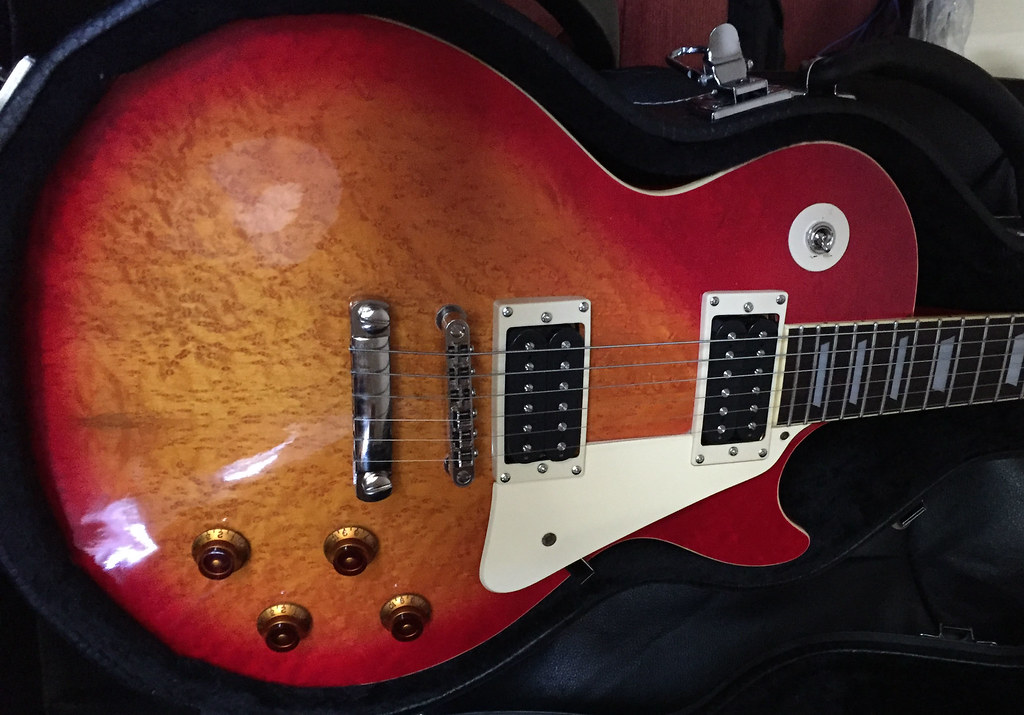Built a summing mixer using LM358 op-amp at its heart (see attached cct diag) for an audio application. It works as expected until the volume is increased. At roughly half volume the circuit starts to oscillate with sawtooth waves that vary in amplitude in a sinusoidal fashion. Any ideas on what might cause it and what could be done to suppress it?
EDIT - the sawtooth wave that I previously mentioned could very well be a sine wave as my sampling rate is quite low
EDIT - the sawtooth wave that I previously mentioned could very well be a sine wave as my sampling rate is quite low
Attachments
Last edited:




